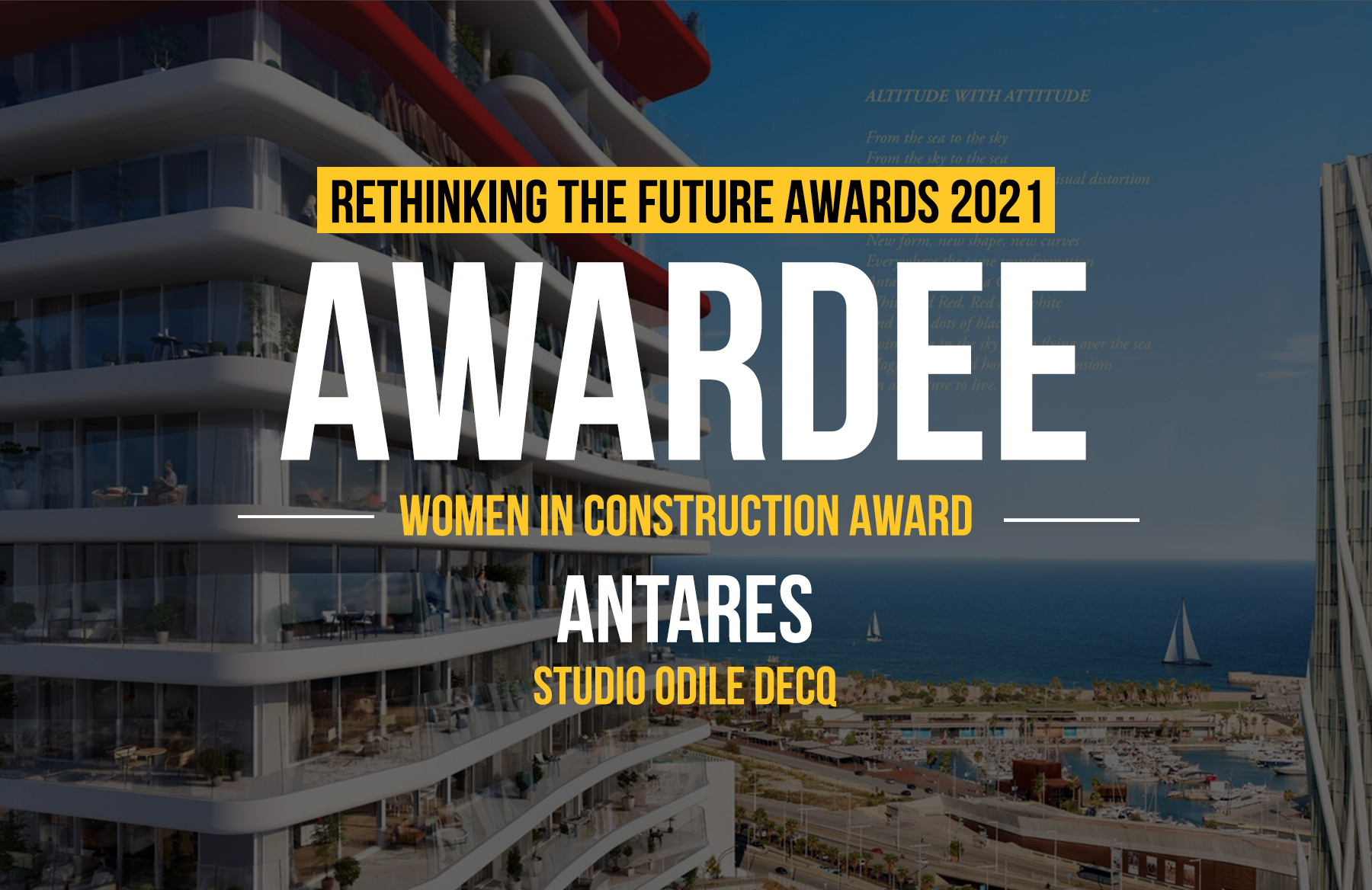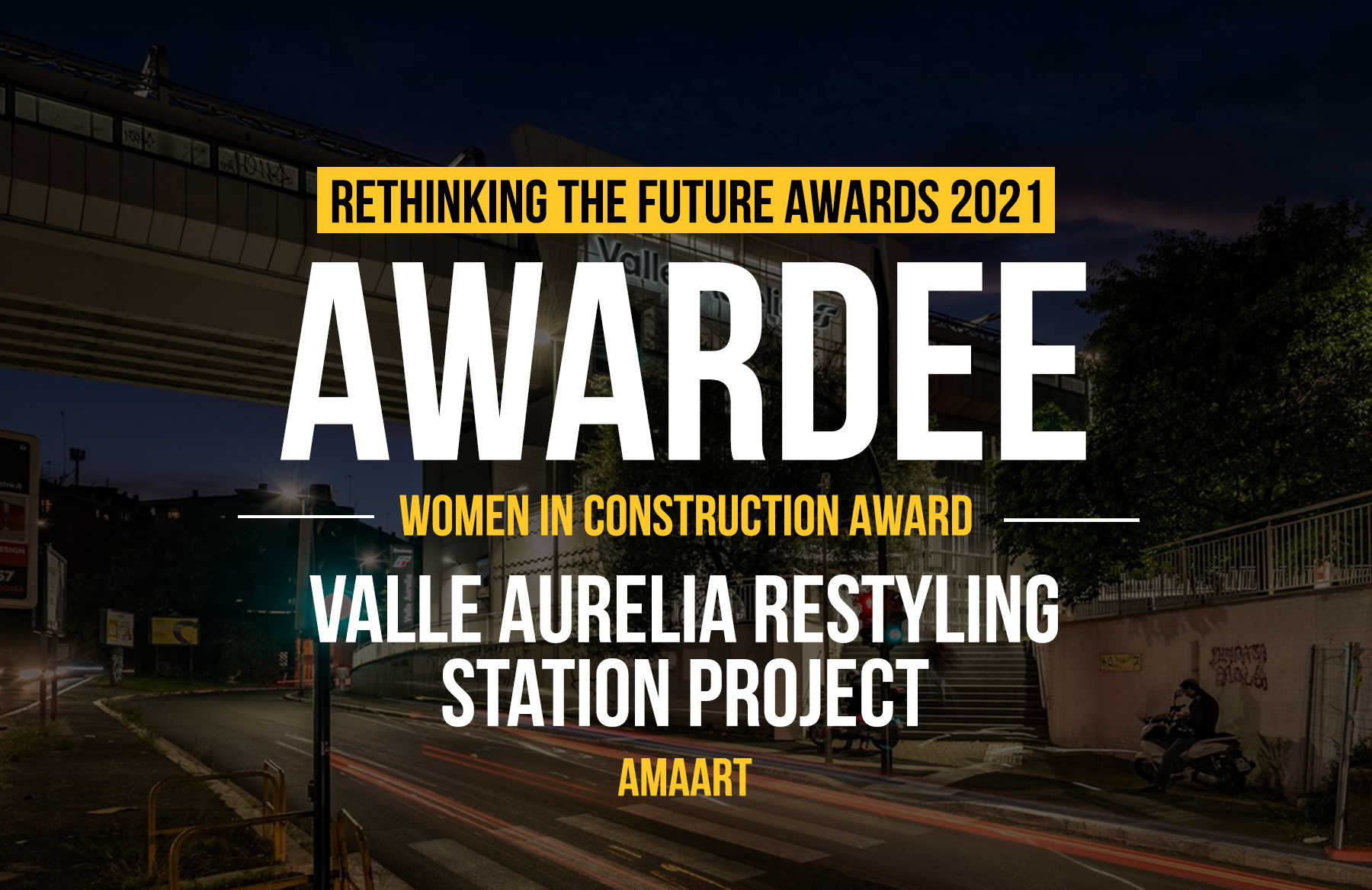Project Info
Architects: Martin Hurtado Arquitectos
Location: Las Cruces, El Tabo, Valparaíso Region, Chile
Project Area: 1,678 sqm
Project Year: 2010
Photographs: Courtesy of Martín Hurtado
Collaborators: Sebastián Erazo, Iván Salas, Andrés Suarez, Raimundo Arteaga, Benjamin Covarrubias, José Manuel Casas
Construction: Lenti
Structures: Alberto Ramírez Covo
Technical Inspection: DECON U.C.
Energy Efficiency: Bustamante & Encinas
Sea Water: IGD Chile
Laminated Wood: INGELAM
Plumbing: Ruz&Vukasovic
Electrical: Proingel Ltda.
Hvac: A&P Ingeniería
Weak Currents: Dirección de informática U.C.
Site Area: 2,4 Há
Original Site Area: 696.47 sqm
Structures: Madera Laminada y Hormigón Armado
Walls: Reinforced concrete, wood partitions
Introduction
The project is understood to complement existing facilities in Las Cruces for scientific research and post-doctorates. The current building responds to the needs of scientists with prolonged residences according to the duration of their respective investigations.
Details
The commission asked for about 1000 m2 of new facilities immediately adjacent to the north of the existing building, considering the complementary technical services underground and in the order established by the previous construction, with a central square surrounded by work and living facilities. For the program, three areas were requested: research area, multipurspose area and the International Laboratory for Global Change (LINC-Global).
Considering this and the shape of the lot (a peninsula with steep slopes, declared a nature reserve with human exclusion, enclosing a 1 km area of coastline in 1982, being one of the first of its kind in the world), the project has three volumes parallel and far between, which privilege the views of the sea (the goal of work and research), each corresponding to the requested areas, so as to make autonomous the volumetry of the program and gain freedom to adapt to the specific needs of each section.
These volumes are made up of a sequence of plywood frames supported on concrete bases partially buried in the slope. These bases house technical facilities for the building, such as Filtering Area, Carpentry Workshop, storage, and Diving Pañol.
PURPOSE: Unlike the existing building, the proposed building meets the requirements of the new Marine Biology undergraduate degree from Universidad Catolica. As its headquarters are located in Santiago, the undergraduate facilities of the Coastal Marine Research Station have an occasional use, with a period of greatest use in the months between November and March, not exceeding 40 students using the facilities at any one time, including research laboratories and complementary laboratories.
Materials: This project emphasizes the use of Fiber-cement Permanit Wood exterior cladding from Pizarreño. This exterior cladding solution is part of a dry construction and rapid execution system, which generates thermal, fire, and acoustic resistances. To see this and other products please visit our catalog.




